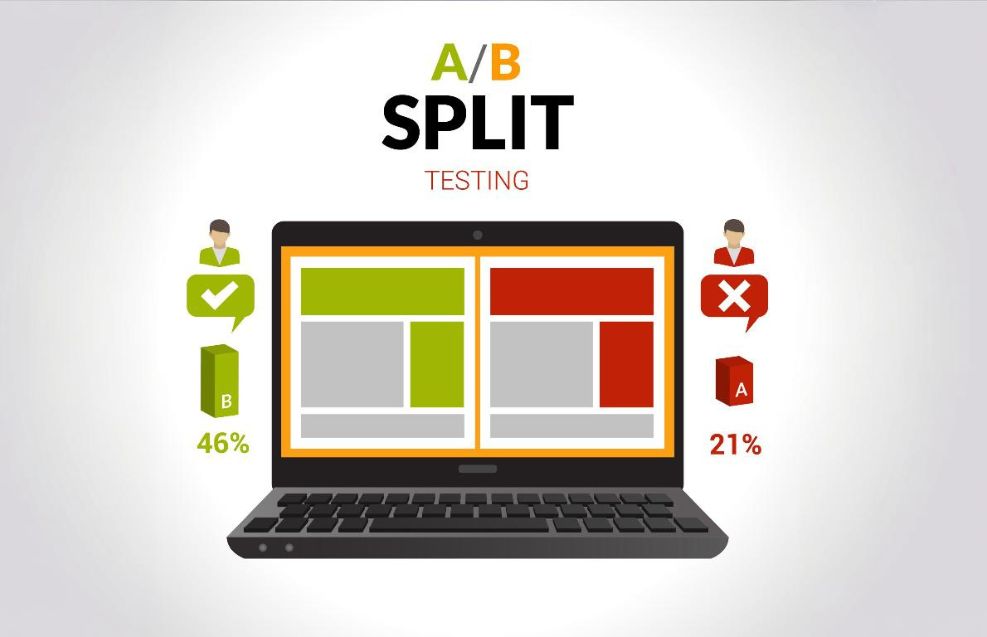Email marketing remains a powerful tool for engaging with audiences, driving conversions, and nurturing customer relationships. A/B testing is one of the most effective ways to optimize email campaigns by comparing two variations of an email to see which performs better. However, not all aspects of an email can be tested effectively, and understanding what can or cannot be tested is crucial for meaningful results.
In this blog post, we’ll explore the key variables you can test in an A/B email marketing test and identify the ones that are typically not suitable for this testing methodology.
Variables You Can Test in an Email A/B Test
Here are some common elements of an email campaign that are suitable for A/B testing:
1. Subject Lines
The subject line is the first thing recipients see, and it significantly impacts open rates. You can test variations in tone, length, personalization, or inclusion of emojis to see what resonates most with your audience. For instance, testing a straightforward subject line like “Get 20% Off Today” versus a playful one like “Guess What? A Special Treat for You!” can help determine what tone engages your audience better.
2. Call-to-Action (CTA)
The placement, wording, and design of your CTA can influence click-through rates. For example, you can test whether “Buy Now” or “Shop the Sale” drives more clicks. Additionally, experimenting with button colors, sizes, or positioning within the email can reveal insights about what visually prompts action.
3. Email Copy
Testing different writing styles, tones, or levels of detail in your email copy can reveal what type of content engages your readers more effectively. For instance, a concise email with bullet points may appeal more to time-strapped readers, while a detailed narrative might resonate with those seeking more context.
4. Images and Visuals
Visuals can make or break an email’s appeal. Test different images, layouts, or the use of GIFs to determine what catches your audience’s attention. For example, compare the impact of a hero image showcasing a product versus a lifestyle image that illustrates its use.
5. Send Times and Days
Testing the timing of your emails can help identify when your audience is most likely to engage. For instance, does your audience respond better to emails sent on Tuesday mornings or Friday afternoons? Including A/B testing for international audiences with varying time zones can also yield insights.
6. Personalization
Including personalization, such as a recipient’s name in the subject line or body, can boost engagement. Test the impact of personalized versus generic emails. For example, an email starting with “Hi [First Name],” may outperform one with a generic greeting. Similarly, tailor content based on previous purchase history or browsing behavior to measure its effectiveness.
Variables That Are Not Ideal for A/B Testing
While many elements of an email campaign can be A/B tested, some variables are less suitable for this approach due to practical limitations or lack of direct impact. Here are a few examples:
1. Email List Segments
While you can test emails across different segments, the segmentation itself is not a variable you can test within an A/B test. Segmentation is a broader strategy that affects how you target and personalize your emails. However, once your segments are defined, you can A/B test within them.
2. Email Platform or Service Provider
Testing the performance of different email service providers (ESPs) involves broader considerations, such as deliverability rates and platform features, which are not isolated variables within an A/B test. This requires a more comprehensive evaluation over time rather than a simple split test.
3. Legal Compliance Elements
Mandatory elements like unsubscribe links or GDPR disclaimers are non-negotiable and should not be altered for testing purposes. These elements ensure compliance and do not contribute to measurable engagement metrics.
4. External Factors
Variables like market trends or seasonal changes can impact email performance but are outside the scope of A/B testing. These factors should be accounted for in your analysis but are not directly testable. Instead, consider contextualizing your A/B test results with these external influences.
The Importance of Testing What Matters
Effective A/B testing focuses on variables that directly impact your email’s performance metrics, such as open rates, click-through rates, and conversions. When designing your A/B test, ensure the variations are measurable and aligned with your campaign goals. For example, if your goal is to increase sales, focus on testing CTAs or product imagery rather than less impactful elements.
Conclusion
A/B testing is an invaluable tool in email marketing, but it’s essential to understand its limitations. While variables like subject lines, CTAs, and visuals are ripe for testing, elements such as email segmentation or external factors are not suitable for this methodology. By focusing on the right variables, you can refine your campaigns and achieve better engagement and results.
What variables have you tested in your email campaigns? Share your experiences in the comments below! If you’re new to A/B testing, start small with subject lines or CTAs and gradually expand your testing scope as you gain confidence and insights.

